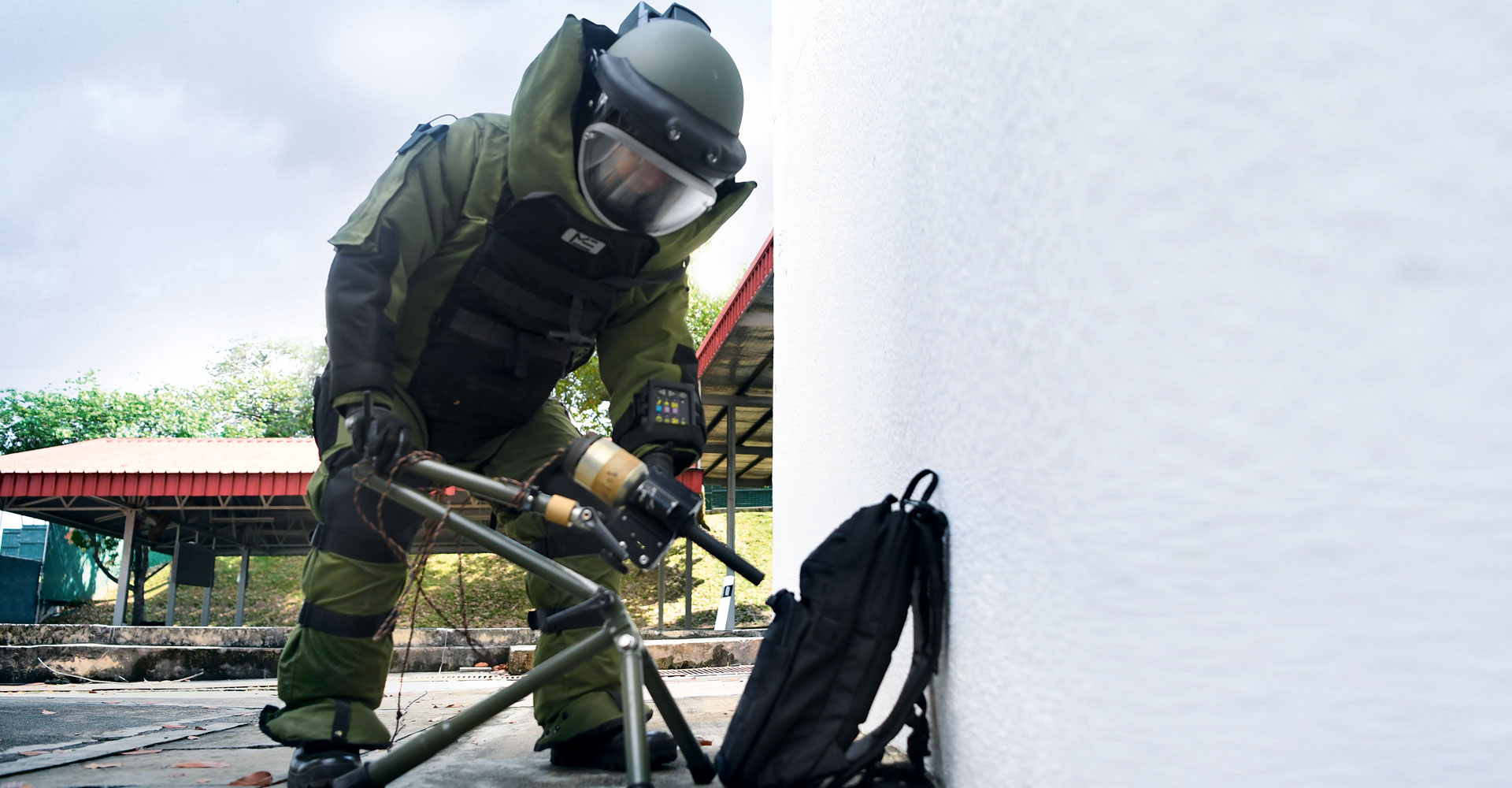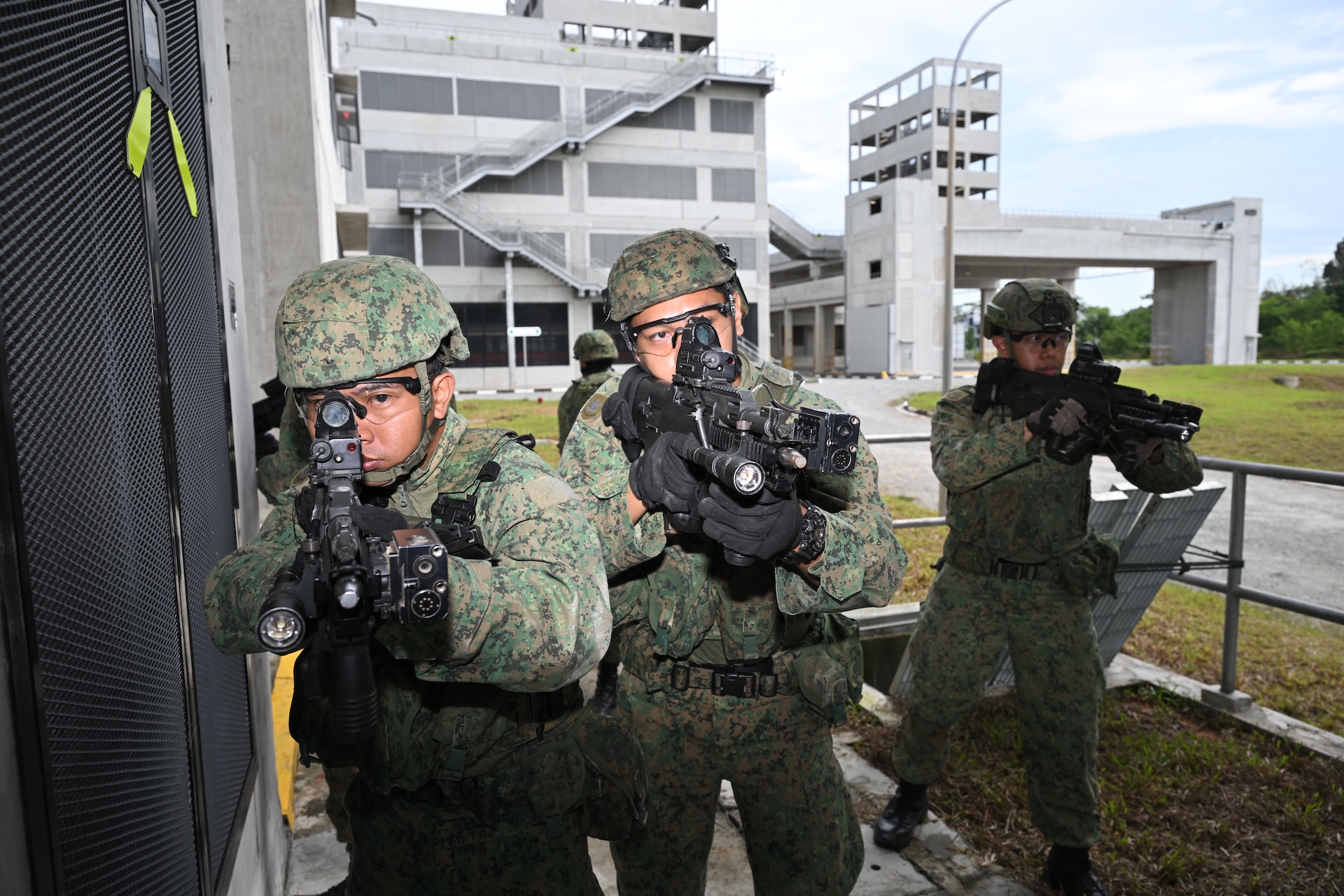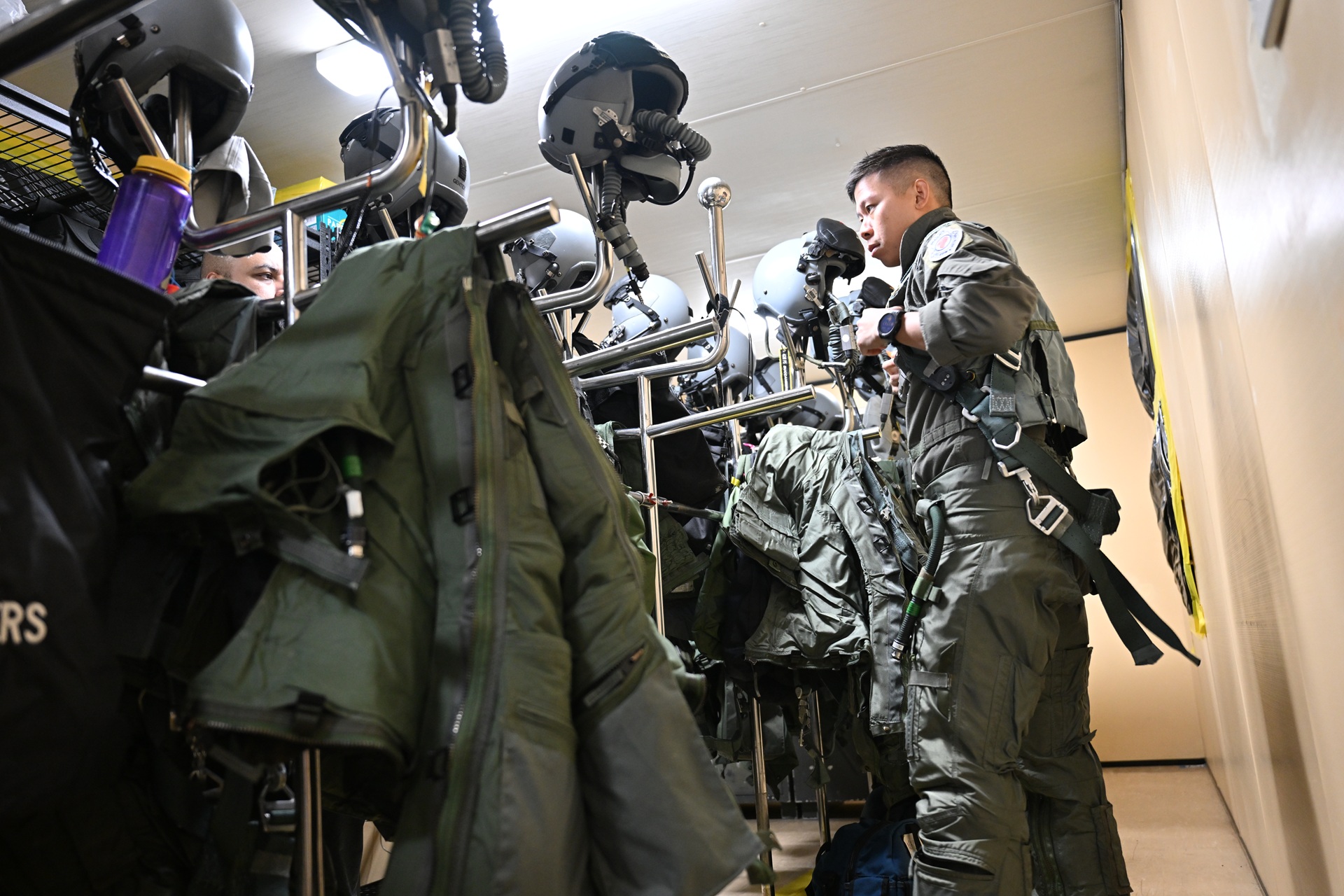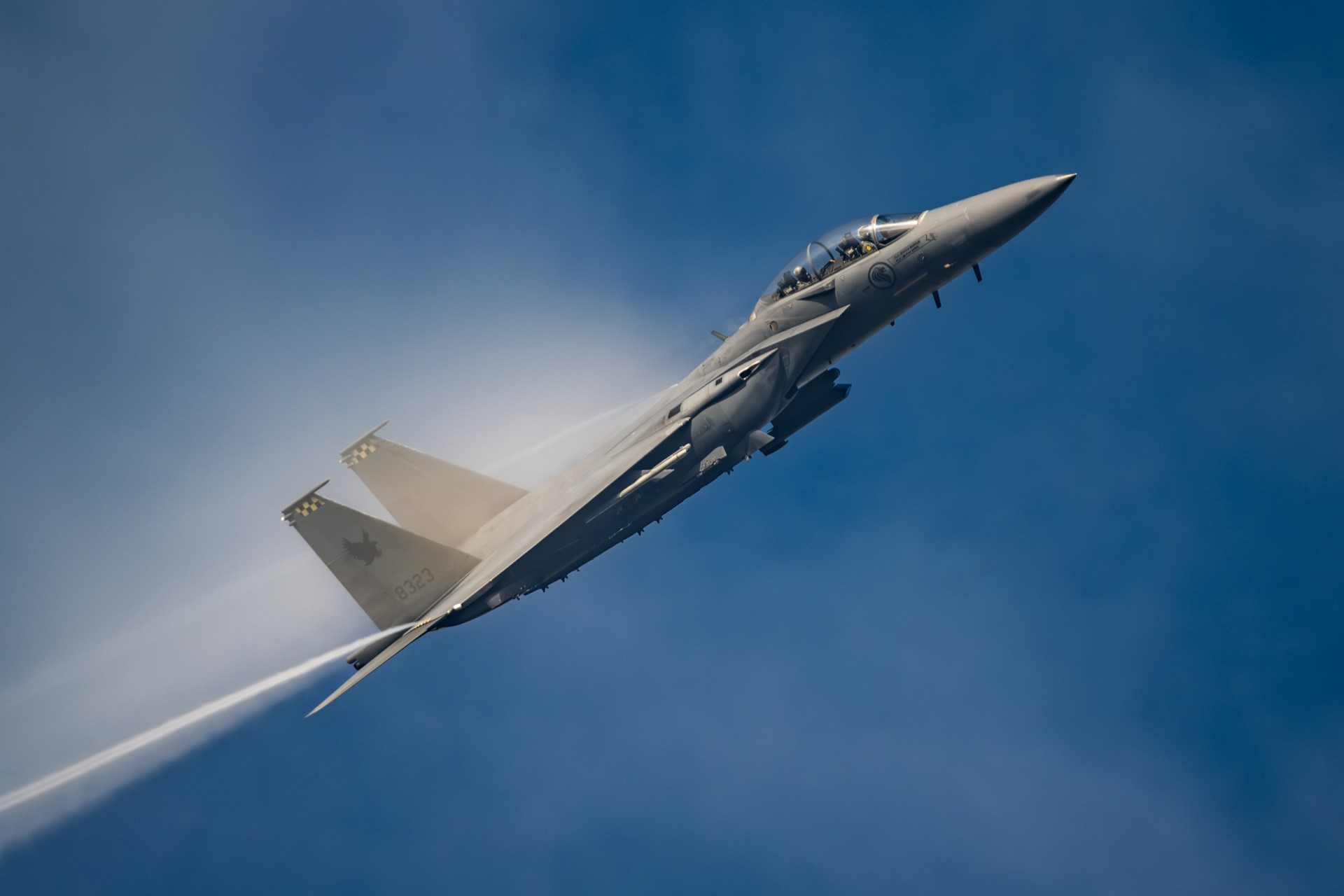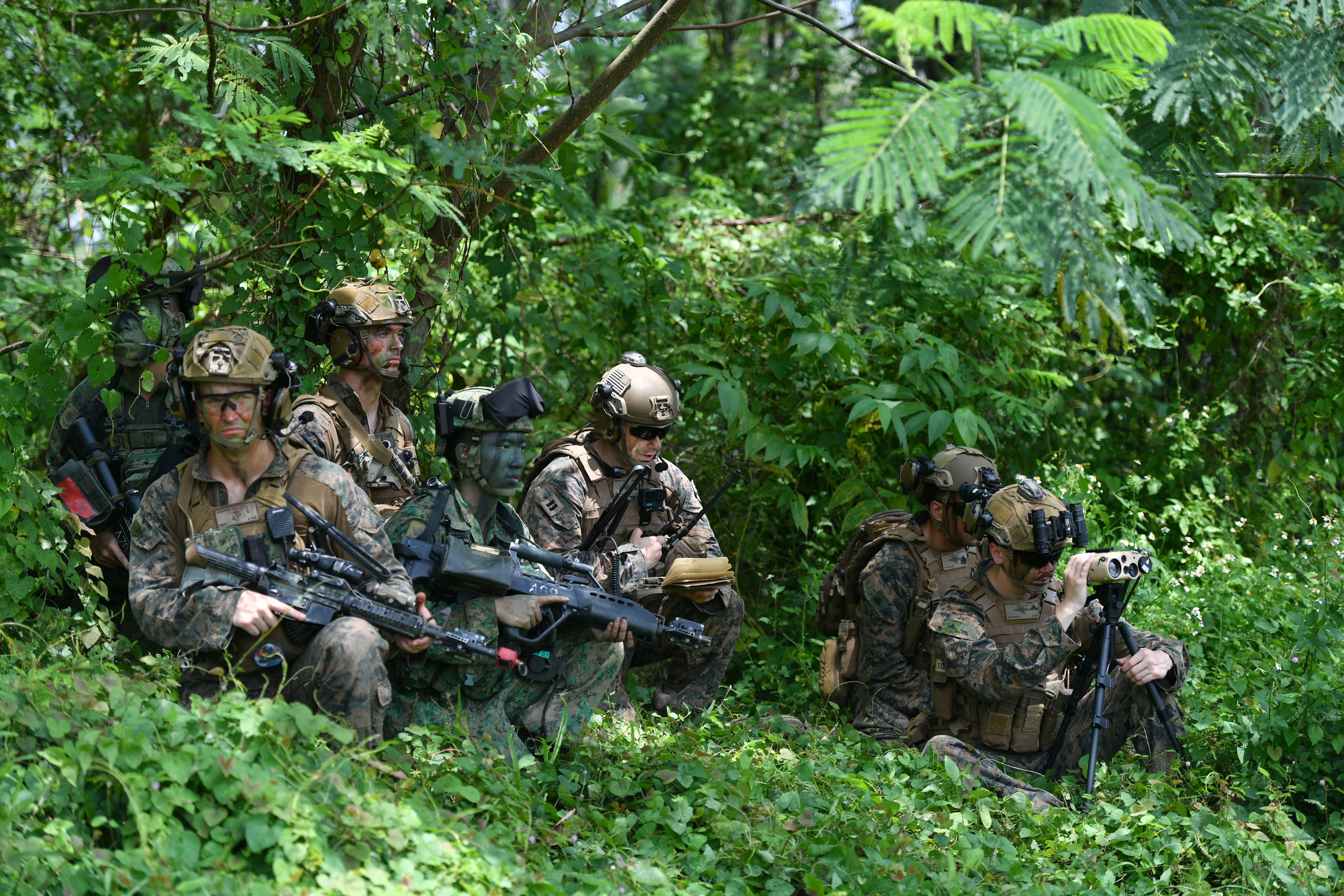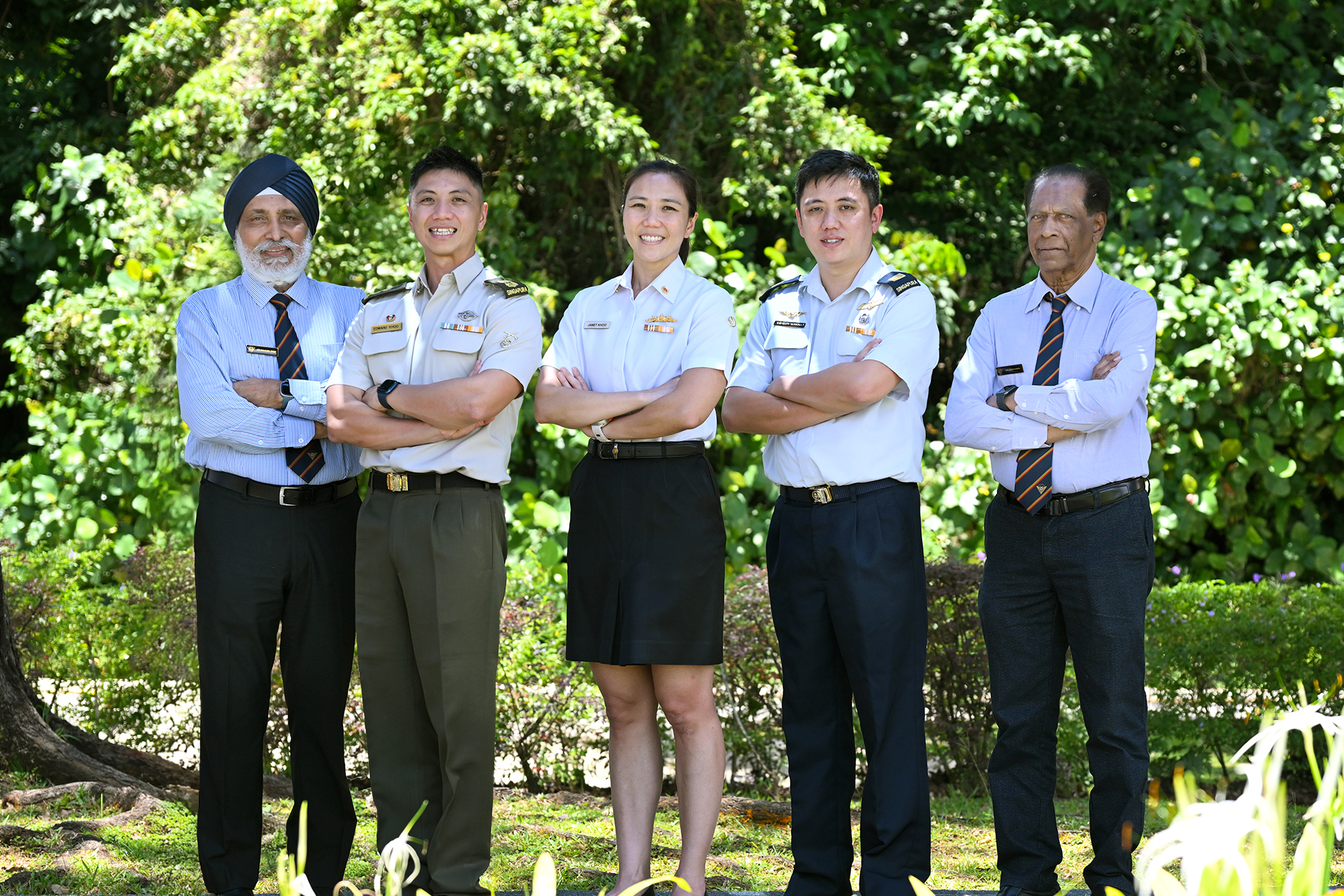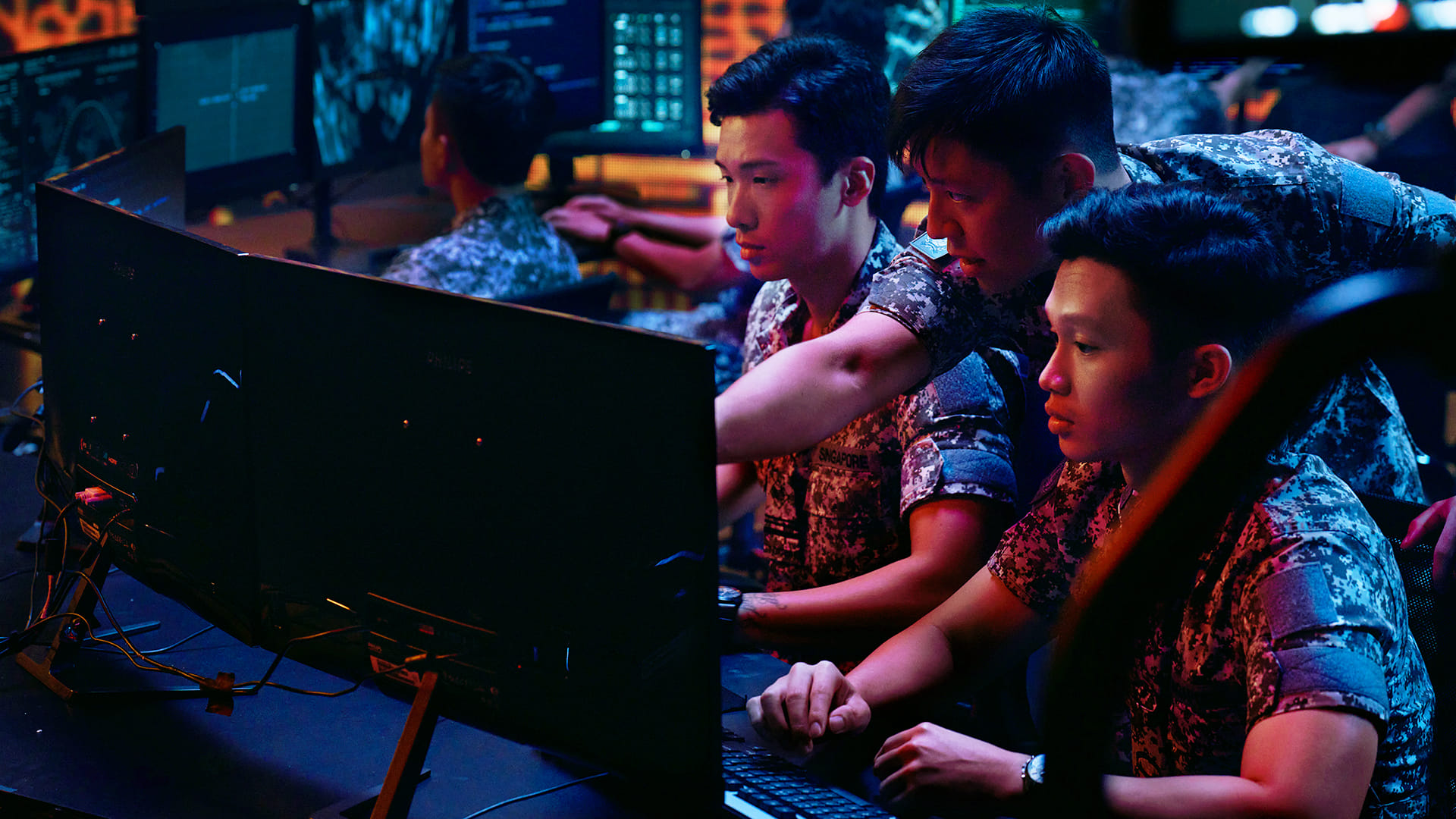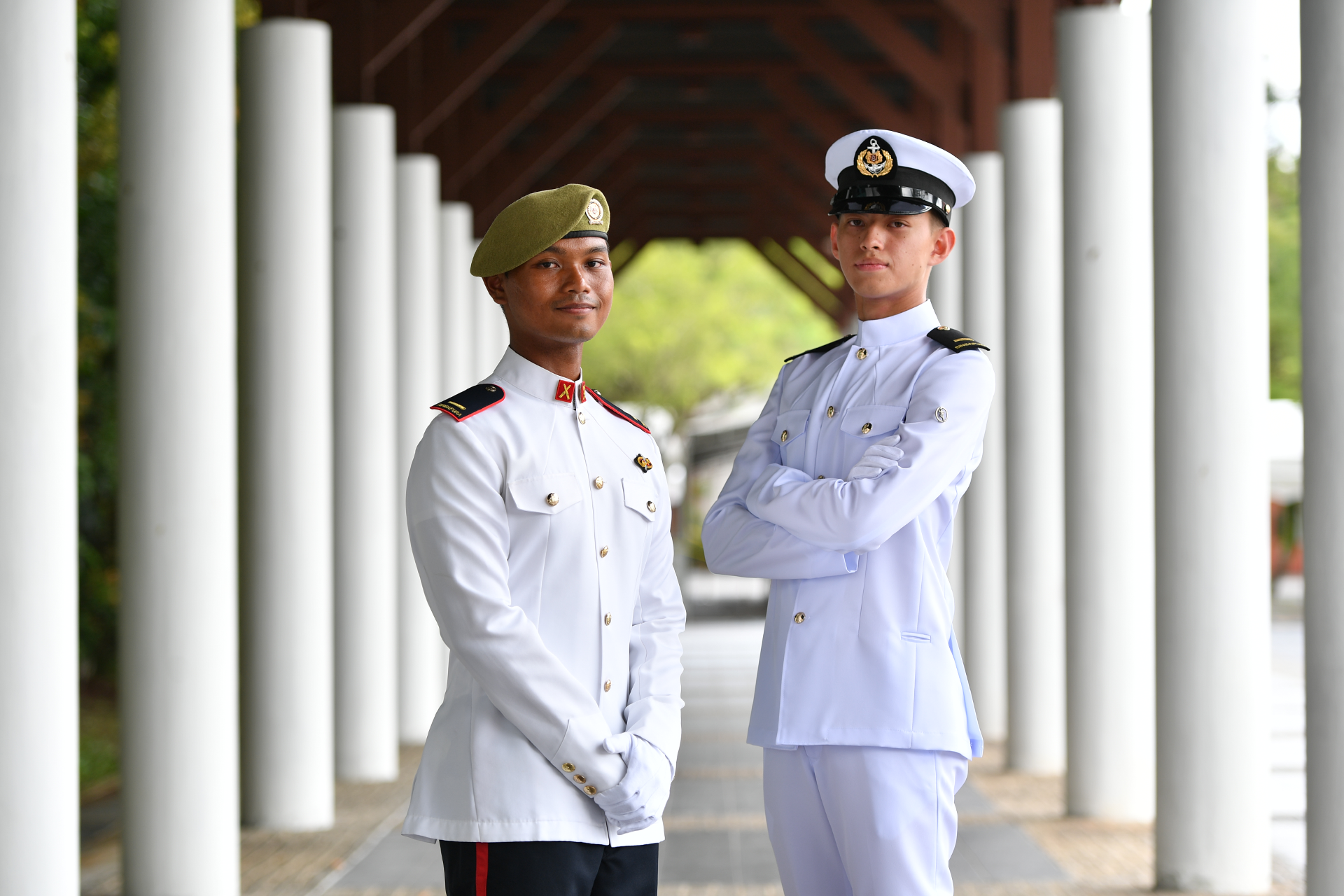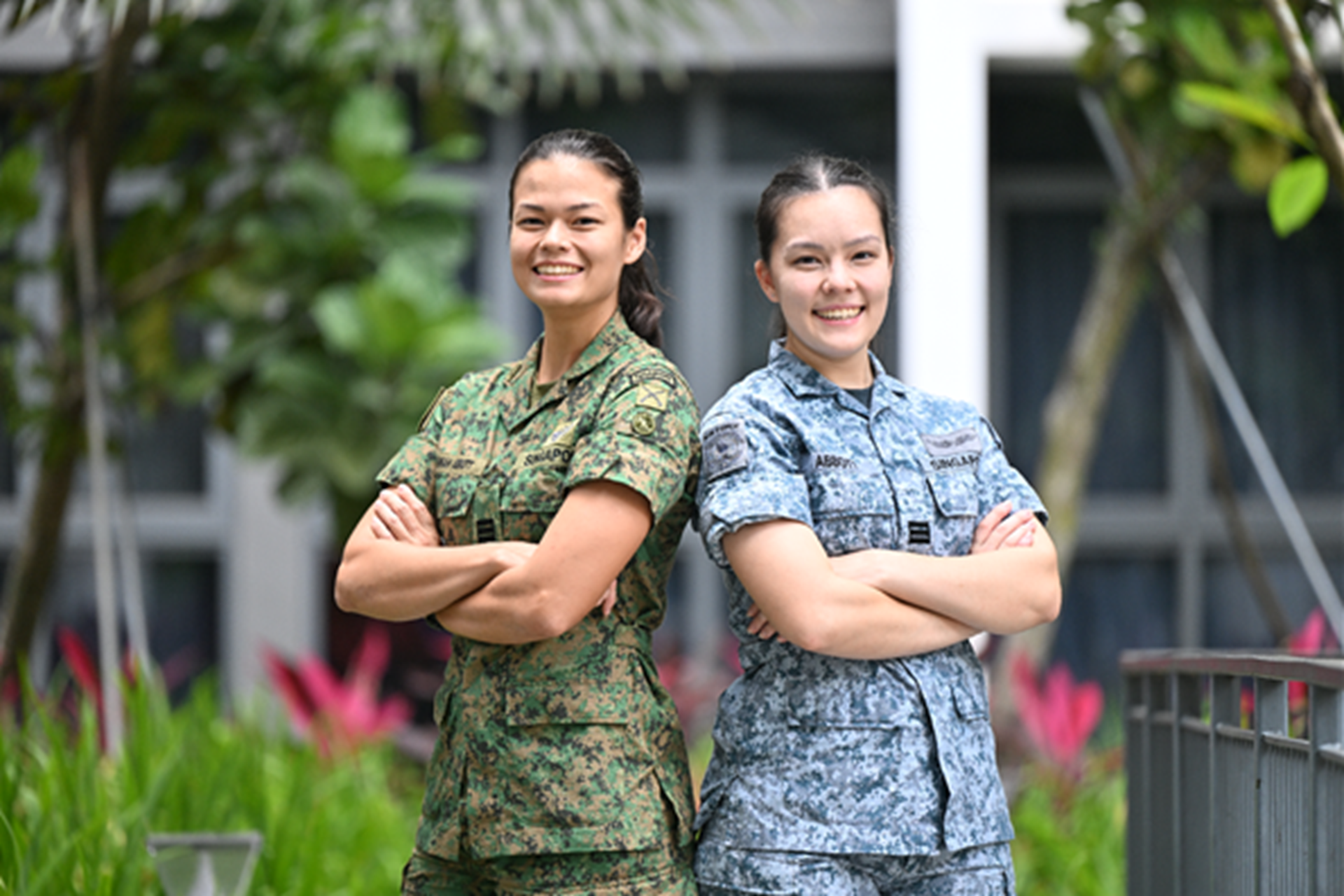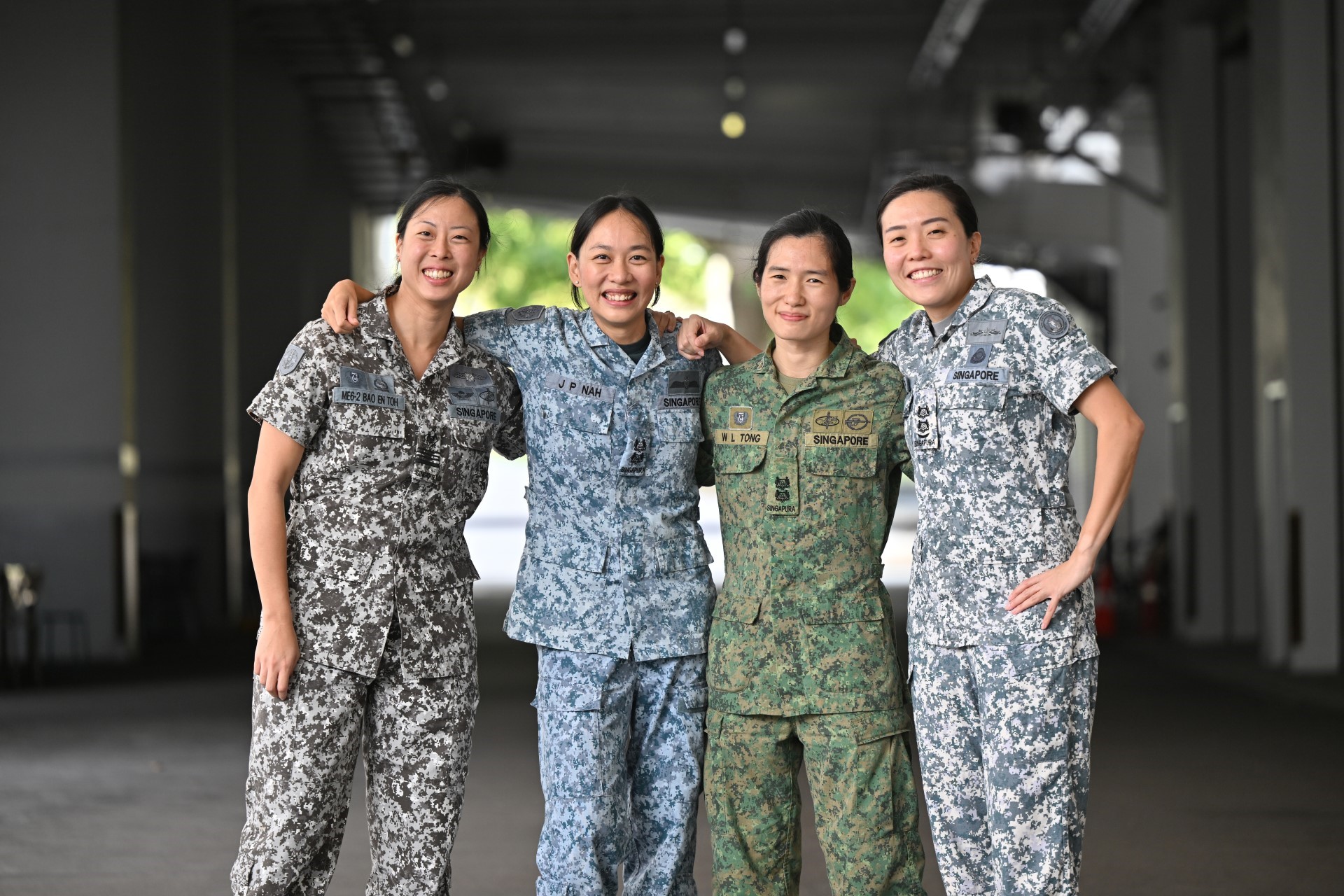EXPLOSIVE EXPERTS
How do the Army’s bomb disposal operators stay calm when they defuse high explosives? In the last of the "Think Tough" series, PIONEER uncovers what goes through their minds in the face of danger.// Story Koh Eng Beng / PHOTOS Kenneth Lin
You've seen them in movies: the lone hero in an oversized protective bomb suit, swaggering onto the scene to disarm the Improvised Explosive Device (IED) while others stand behind at a safe distance.
What's shown on the big screen — the maverick approach and reckless attitude — is greatly exaggerated, but Hollywood is not far off the mark when it comes to showing the danger and psychological stress that Explosive Ordnance Disposal (EOD) engineers face in real life.
In the Singapore Army, these assignments are handled by the EOD engineers from 36th Battalion, Singapore Combat Engineers (36 SCE).
They are on 24/7 standby to respond to bomb or IED threats across the country. These include disposing war relics, disarming IEDs and conducting preventive bomb sweeps at large-scale national events such as the National Day Parade.
3rd Warrant Officer (3WO) Victor Er, EOD team commander, shares with PIONEER how EOD engineers cope with the pressures of the job.
What's the most difficult challenge you face?
Overcoming fear. Each time we go in (for bomb disposal operation), I think about my wife and family because there is always the chance that we might not survive. This is the fear that we have to overcome each time we are activated.
How do you ensure your safety?
We follow strict procedures to manage the risks and work within safety parameters. We don't go in Hollywood-style!
What does it take to be an EOD engineer?
You need to be fit, otherwise you won't last inside a heavy bomb suit that weighs over 27kg. It's like a sauna inside; your vision gets blocked as the helmet's visor steams up.
The selection process is stringent: you have to pass a psychometric test and a physical test. You have go through a series of obstacles in a bomb suit and solve challenging puzzles. This is to test whether you can remain calm and think logically under pressure.
You've disposed of many war relics. What was going through your mind during the first time?
It was in 2015, the first week of my standby duty as a team commander. I was activated to dispose of a 100kg Japanese aerial bomb at a construction site in Nanyang Technological University. I was quite nervous because I didn't expect such a big ordnance in my first disposal.
But I had an experienced team with me. I calmed myself down and mentally went through the steps required to dispose of the ordnance.
How do you guys sharpen your techniques?
The sharing of knowledge from one generation to the next is a tradition in our unit. We’ve been doing this for the past 50 years since 36 SCE was formed.
We actively train our juniors and pass down our experience as well as the lessons we learnt from our own seniors.
We also conduct overseas training with our foreign counterparts to benchmark our standards, as well as to exchange knowledge and best practices.
No one operation is the same. It can be the same explosive, but every situation makes the whole ball game different.
Constantly upgrading our skills and knowledge is key to our success.
